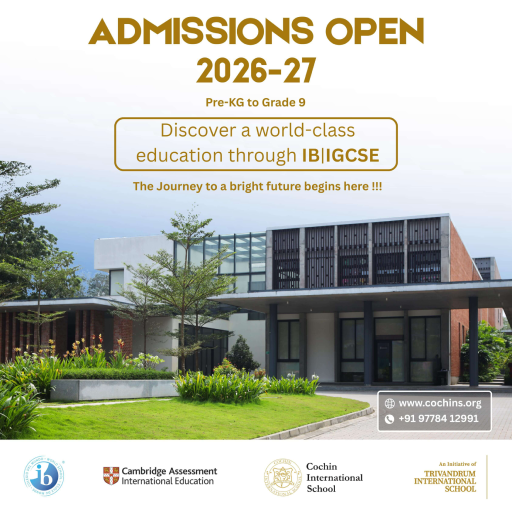
Why Interdisciplinary Learning is Important
Interdisciplinary learning is an educational approach that integrates knowledge and methods from different disciplines, encouraging students to make connections and think critically across various subjects. This approach fosters a more holistic understanding of complex issues and prepares learners for the multifaceted challenges of the modern world.
Understanding Interdisciplinary Learning
Interdisciplinary learning transcends traditional subject boundaries, blending insights from different fields to create a more comprehensive understanding. It involves collaboration among educators from various disciplines and promotes a learning environment where students explore, question, and integrate information from diverse sources.
Key Characteristics of Interdisciplinary Learning:
-
Integration of Disciplines: Combines knowledge from different fields to address complex issues.
-
Collaborative Approach: Involves teamwork and cooperative learning.
-
Real-World Relevance: Connects classroom learning to real-world situations.
-
Critical Thinking: Encourages analysis, synthesis, and evaluation of information.
Benefits of Interdisciplinary Learning
Interdisciplinary learning offers numerous advantages, enhancing students’ educational experiences and better preparing them for future challenges.
1. Holistic Understanding: By integrating multiple disciplines, students gain a broader perspective. This holistic approach helps them understand complex issues more thoroughly, as they can see how different aspects interact and influence each other.
2. Enhanced Critical Thinking: Interdisciplinary learning encourages students to analyse and synthesise information from various sources. This process fosters critical thinking skills, enabling them to evaluate different viewpoints and develop well-rounded arguments.
3. Real-World Application: This approach makes learning more relevant by connecting academic content to real-world problems. Students can see the practical applications of their knowledge, which enhances their motivation and engagement.
4. Collaboration and Communication: Interdisciplinary projects often require teamwork, improving students' collaboration and communication skills. These skills are crucial for success in the workplace and society.
5. Innovation and Creativity: By exposing students to diverse perspectives and problem-solving techniques, interdisciplinary learning fosters innovation and creativity. Students learn to approach problems in novel ways and develop unique solutions.
Implementing Interdisciplinary Learning
To implement interdisciplinary learning effectively, educators can adopt several strategies:
1. Design Integrated Curricula: Develop curricula that incorporate themes and topics spanning multiple disciplines. This integration can help students make connections between different subjects.
2. Encourage Collaborative Projects: Create opportunities for students to work on projects that require input from various disciplines. This collaboration helps them appreciate different perspectives and develop teamwork skills.
3. Use Real-World Scenarios: Incorporate real-world problems and case studies into the curriculum. This approach helps students see the relevance of their learning and apply their knowledge in practical contexts.
4. Foster Inquiry-Based Learning: Promote a classroom environment where students are encouraged to ask questions, explore answers, and engage in discussions. Inquiry-based learning supports critical thinking and deeper understanding.
5. Assess Holistically: Use assessments that evaluate students' ability to integrate and apply knowledge from different disciplines. These assessments can include projects, presentations, and essays that reflect real-world problem-solving.
Interdisciplinary learning is crucial for preparing students to navigate the complexities of the modern world. By integrating knowledge from various disciplines, this approach fosters holistic understanding, critical thinking, real-world application, collaboration, and innovation. As educators embrace interdisciplinary learning, they equip students with the skills and knowledge necessary to tackle the challenges of the future.
 (1).png)

